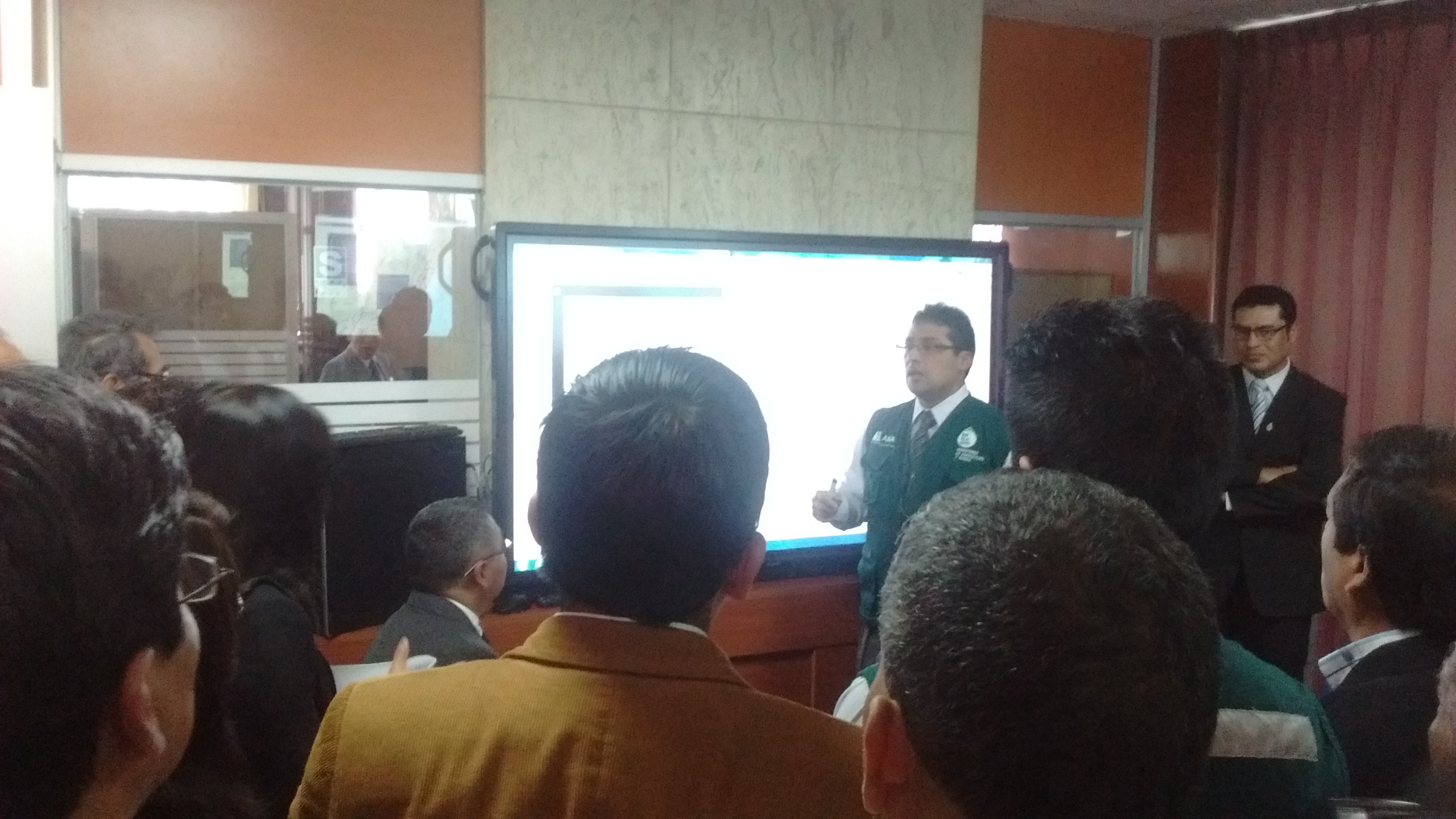Designing projects for sustainability through integration into the organization's strategy and analysis of local context
It has always been at the core philosophy of APJM, and as means of sustainability, that every project should generate impacts and be sustained beyond the life of the project, or its funding.
Therefore, while NGOs might fall into the trap of designing projects based on the donor's needs, APJM's projects are designed to directly answer the gaps identified locally. The needs were first identified in 2009 during a socio-economic survey describing the socio-economic profile of the local communities, or during scientific research done by experts, and were later on updated by APJM staff or experts.
Activities are subsequently planned to answer APJM's mission and vision, and fit into APJM's Management Plan and Strategy. The project management structure is designed to fit into the organizational chart of APJM. As activities often target or are implemented in partnership with local stakeholders, activities also build on existing local skills and know-how, and aim at their leverage.
Most project activities are therefore sustained beyond the project funding, on both financial and operation levels, and projects turn into programs, or sub-activities of programs.
- Existing advanced surveys in different areas (socio-economic; natural heritage; cultural heritage)
- Willingness of local communities to be part of APJM's projects and activities
- Local staff familiar with the local context
- Clear management vision set by board members
- Thorough survey (socio-economic, fauna, flora, cultural...) are essential prior to the development of any project
- Project activities should be developed to meet the NGO mission as well as the socio-economic needs
- Sustainability concerns should be addressed during the planning phase
- Project activities need to generate either income or any other type of benefit for the NGO as well as the local communities to be able to sustain it
